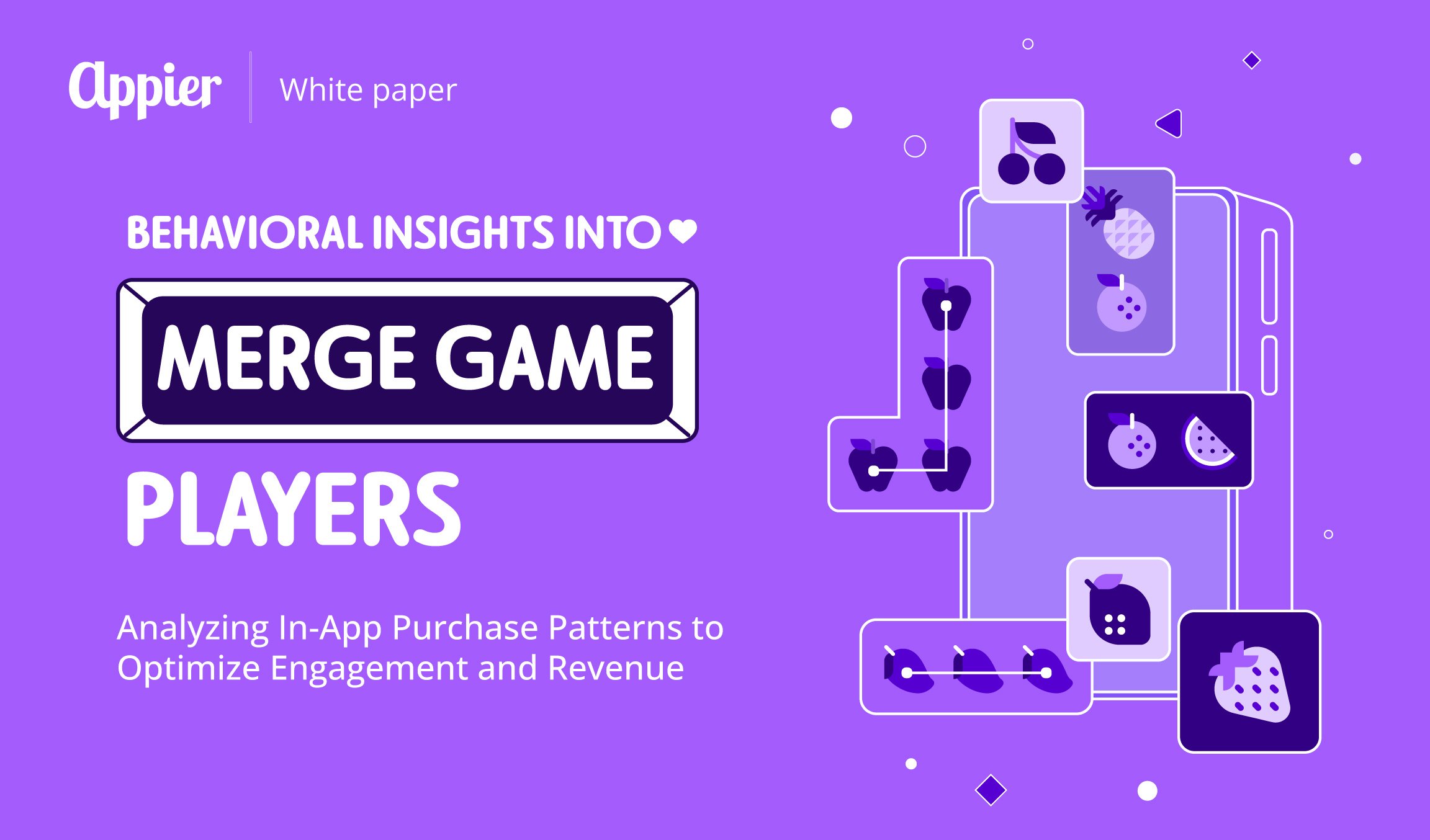As the high sales period of the holiday season approaches, many retailers are hoping to claw back some of the losses they have experienced as a result of COVID-19. However, shifts in customer shopping habits and expectations mean attracting sales requires new insights and presents fresh challenges.
What will the 2020 holiday shopping season bring? And how can brands and marketers better prepare to ensure they beat the competition?
What to Expect in the 2020 Holiday Shopping Season
The good news is that shoppers are not going to significantly reduce their spending this year – despite the tough economic times. However, they will be looking for savings. This year’s delayed online sales event, Amazon Prime Day (October 13-14), generated US$10.4 billion in revenue according to early analysis by Digital Commerce 360, showing 45.2 percent year over year growth. Though other sources suggest more modest growth overall.
Regardless of spending, what people are buying has shifted. According to KPMG , cold categories include travel, hotels and formal apparel, while hot categories include major appliances, home renovation supplies, and sports and fitness.
As social distancing and health concerns remain a high priority, the trend to e-commerce will also continue – with Forbes suggesting that there will be an explosion of e-commerce activity this holiday season as people buy gifts and other holiday items online.
According to research by Accenture , 75 percent of customers in the US say they will do at least some shopping online this year, up from 65 percent in 2019. In addition, Deloitte forecasts that e-commerce sales will grow 25-30 percent year over year this holiday season.
Big sales events Black Friday and Cyber Monday have increasingly merged and moved to online channels, cutting the typical scenes of long queues on these big discount days. Because of this, retailers will need to step up their online efforts to meet demand, and engage and win over customers in the face of even stiffer competition.
According to a US study by Coresight Research , consumers also expect to start their holiday shopping earlier this year to avoid crowds in-store, spread the cost, and beat delivery delays. In response to this, promotions for events like Black Friday and Singles’ Day are starting earlier and lasting longer.
How to Unwrap Retail Success These Holidays
With all the changes happening in the market and the subsequent predictions for this year’s holiday season shopping, retailers and e-commerce players need to be prepared.
As well as keeping an eye on the pulse, this means using a data-driven approach to better understand these shifting consumer behaviors and preferences – and acting on the insights. It also means taking practical steps to deal with increasing online orders.
1. Generate data-driven customer insights
To fully understand customer behavior this holiday season, it is important that marketers don’t just look at past transactions, previous email responses, and demographic data. Instead, you need to integrate all available data about individual customers.
The above types of first-hand data should be overlaid with third-party data on behavior and preferences, including online activity and survey responses. By doing this with a data science platform , you can develop a complete picture of each customer, including their real-time shopping intent and interests on external websites.
2. Retarget potential customers to boost sales
You may have plenty of visitors to your e-commerce store, but are they translating into paying customers? If many are failing to convert or abandoning cart, you can use retargeting in the days or even weeks leading up to these shopping events, to capture those bargain hunting shoppers.
Retargeting allows you to serve potential customers paid ads with personalized product recommendations based on their on-site and off-site behavior. In other words, based on what products they have already shown an interest in on the web. With the help of tools driven by artificial intelligence (AI), you can segment your audience and deliver highly-personalized dynamic ads to bring them back to your site and boost holiday sales.
3. Engage customers with personalized communications
A report by The Harris Poll and RedPoint Global, which surveyed executives in the US, the UK, and Canada, found that 63 percent of customers expect personalized brand experiences. They also find it ‘very frustrating’ when they receive offers for items they have already purchased (34 percent) or that are irrelevant (33 percent).
To ensure you deliver personalized experiences, unify data from all of your owned channels, such as your e-commerce site, apps, social media, CRM and in-store, and use real-time data-driven tools to better understand unique customer behavior and interests.
With these insights, you can then deliver highly-personalized content, marketing messages, product recommendations and reminders to push them along the purchase funnel, boost engagement, and keep them away from competitor sites this holiday shopping season.
4. Reach customers exactly where they are
To deliver truly personalized experiences, you don’t just need to hit customers with the right messages. You also need to reach them exactly where they are. For this, you can leverage AI tools to identify your customers’ preferred channels and cross-screen journeys.
For example, based on behavioral data, you might identify that they are more responsive to email and SMS. In this case, you can deliver personalized holiday shopping offers through these channels. Alternatively, you may discover they respond better to in-app messaging or push notifications, or that this changes throughout the day.
According to Social Sprout, retailers have seen a 40 percent rise in customer social media activity in Q2 of 2020 compared to Q2 of 2019, so upping your social efforts may pay off.
5. Set up intelligent online customer service
As well as personalized experiences, customers today also demand instant responses and exceptional customer service. Because of this, and with the expected increase in customer e-commerce activity this holiday season, brands must have a robust customer care plan to deal with these incoming visitors.
Installing tools such as live chat and chatbot on your owned channels, such as your website, app, and social media platforms is a smart way to meet this demand.
AI-powered chatbots can respond to customers 24/7 to answer frequently-asked questions and deal with queries in a timely manner, saving you time and manpower, and satisfying the need for instant responses.
6. Build robust logistics capabilities
Coaxing customers to start shopping early this year may reduce the logistical nightmares as companies enter the holiday season. But even by doing this, you need to ensure your business is well prepared to deal with and deliver potentially high numbers of online orders.
Firstly, make sure you choose your suppliers wisely. Also, plan your fulfillment strategy, using advanced tools to analyze your sales and market trends to figure out which items will be in the highest demand this holiday season so you can better plan and order inventory.
Secondly, embrace things like curbside collection to ease the delivery strain and ensure social distancing. The good news is that as a result of COVID-19, customers are now willing to wait longer for deliveries. A study by Radial found that 50 percent of people in the US are happy to wait five days, and 28 percent a week – longer than previously.
While the holiday season is set to look different for retailers this year as a result of the pandemic, sales will likely grow or stay in line with previous years, but with more taking place online rather than in-store. By implementing these data-driven and practical actions, marketers can help their brands beat the competition to wrap up the year on top.
* Give your e-commerce business the gift of sales this holiday season. Contact our team today to learn more about how you can leverage data and AI to meet customer needs and ensure a good ROI.



